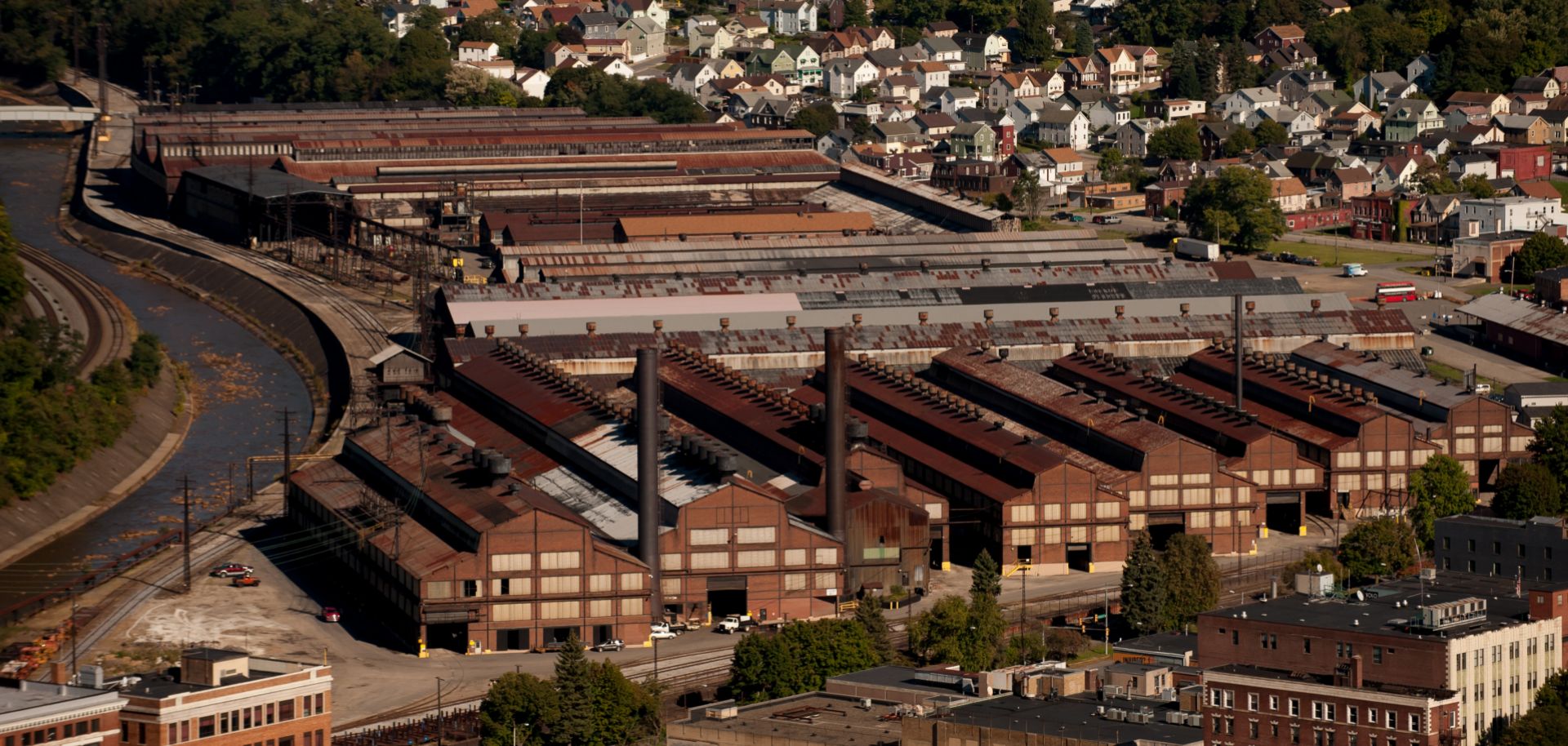COLUMNS
How the Plight of a Heartland Could Upset America's Balance

Mar 21, 2019 | 09:00 GMT

A snapshot of industrial decay is seen in this picture of Johnstown, Pennsylvania, from Oct. 6, 2016. As the United States' economic core shifts from the heartland to the coasts, social unrest is not beyond the realm of possibility.
(JEFF SWENSEN/Getty Images)
Highlights
- The historical core of the United States, the Mississippi River Basin, has declined in economic importance in the last several decades.
- Diverse economic drivers create a more robust economic foundation but can also limit the political influence of a single sector or region.
- With a core pursuing divided interests now shouldering the bulk of the U.S. economy, political polarization is only set to deepen, raising the risk of political volatility and greater uncertainty for businesses.
Subscribe Now
SubscribeAlready have an account?
